Home >>
The sons of Kate, Caroline and Henry Abadie
There is a fine plaque on wall of the nave of Canterbury Cathedral to Major General Henry Abadie, a former Lieutenant-Governor of Jersey, and to his four sons. The memorial depicts in white marble relief (see left) the 18 medals his sons were awarded for bravery and service to their country, during which they all died.
Henry
Henry Richard Abadie was born in Benares, India on 25th March 1841. His father, Louis Pascal Abadie of Chateau de Pellepoix near Toulouse in France, was an indigo planter who married an English woman, Harriet Ann Watson, in Benares (now called Varanasi) on 10th March 1837. She had four sons in India between 1838 and 1846, the second of whom was Henry.
At the age of 17 years Henry Abadie was commissioned into the 14th Light Dragoons, a cavalry regiment, but transferred to the 17th Lancers a few months later. He served in the Abyssinian campaign of 1867-68 where he saw action at Arogee and the capture of Magdala. He was mentioned three times in despatches. He joined the 9th Lancers in 1873 as Captain. He fought in the second Afghan War of 1878-80, including the occupation of Kandahar. He was commanding officer of the regiment from December 1884 to July 1885. In 1891 he was promoted to Lieutenant-Colonel and made a Companion of the Order of the Bath
Kate and Caroline
Henry married Kate Teesdale Sandeman in about May 1871 at Marylebone, London. She gave birth to four sons, born between 1873 and 1882 in Sussex and India. According to a notice in The Times she died in London after a long and painful illness on 23rd April 1883, aged 37 years, four days after their return to England from India, and was buried at Ocklynge Cemetery in Eastbourne. She left her husband with four boys aged from 1 to 10 years old.
In the following year Kate's mother, Anne Sandeman of Eastbourne, died and left in her will the bulk of her estate valued in excess of £40,000 for the benefit of her four grandsons. This amount is equivalent to about £4 million in today's prices and may have helped send the boys to good private boarding schools.
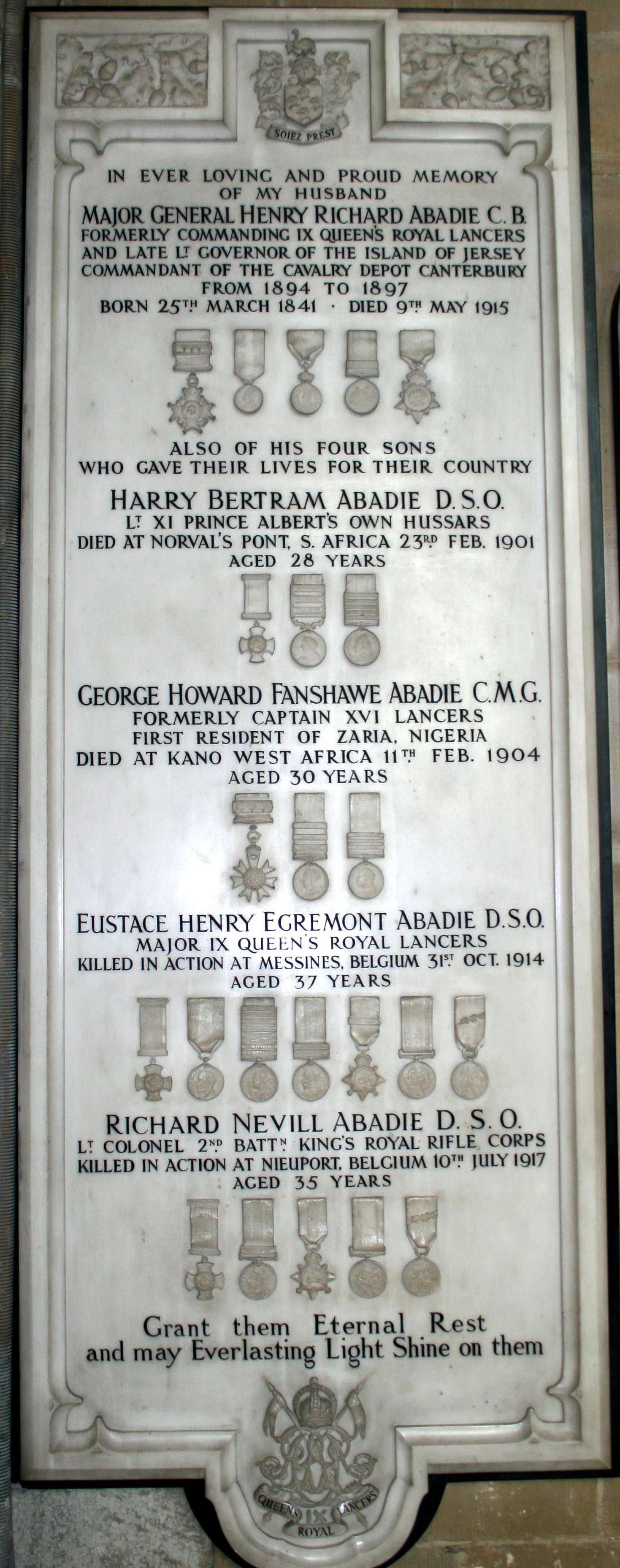
Abadie memorial in Canterbury Cathedral (click to enlarge)
Seven years later, in December 1890, Henry Abadie married again: Caroline (Carrie) Maud Gostling, at St George’s Church, Hanover Square in London. Caroline was born in Barnstable, Devon in June 1863, daughter of Lt-Col. Fanshawe Gostling, of the 49th Regiment of Foot, so she was 27 years old when she married Henry, who was 49 y. She brought up the boys as their stepmother. There is no record that the couple had any children of their own. Caroline's father had died in 1874 aged 42 after serving as commander of his regiment in India and she also lost her brother, Charles, a Lieutenant in the 4th Battalion Essex Regiment, who died in British Guiana in December 1895 aged 23.
Henry Abadie’s last postings were as Commandant of the Cavalry Depôt in Canterbury from 1894-97 and then Commander of the British Eastern District in Colchester from 1899-1900.
On his retirement from the army in 1900 Henry Abadie was appointed Lieutenant Governor of Jersey where he and Caroline lived until 1904 at Government House. His time in Jersey was not without controversy as he had a reputation for being a stickler for protocol wherever he went, even halting a play when he arrived late at a theatre so that the national anthem could be played again in recognition of his role as the Queen’s representative.
All four of Henry Abadie’s sons joined the army. While he was Lieutenant Governor of Jersey he lost two of them, both in Africa, both to disease.
Bertie
Harry Bertram Abadie, known as Bertie by his brothers, died in South Africa in February 1901 of ‘enteric’, probably typhoid fever, while on his way back to England.
Bertie Abadie was born at Eastbourne on 20th June 1872 and was educated for two years at Winchester College. Immediately after leaving school he entered Sandhurst, the Royal Military Academy. After passing out he joined the 11th Hussars (Prince Albert’s Own) in October 1892 aged 19 years and was promoted to Lieutenant two years later. He served with the Chitral Relief Force in India under Sir Robert Low in 1895, receiving the campaign medal with clasp. He then served as Assistant Transport Officer of the 2nd Brigade, Tirah Expeditionary Force in the North-West Frontier Campaign of 1897-99 under Sir William Lockhart and was mentioned in despatches.
The 9th Lancers saw action in South Africa during the Second Anglo-Boer War from 1899 to 1902. Bertie was mentioned in despatches as being "deserving of much praise" during the 118-day Siege of Ladysmith, when he performed the duties of Staff Officer for Water Supplies. He was appointed A.D.C. to Lieutentant-General Sir Archibald Hunter in March 1900. Bertie was again mentioned in despatches in September 1901 and was awarded the campaign medal with five clasps, each clasp denoting involvement in a major military action.
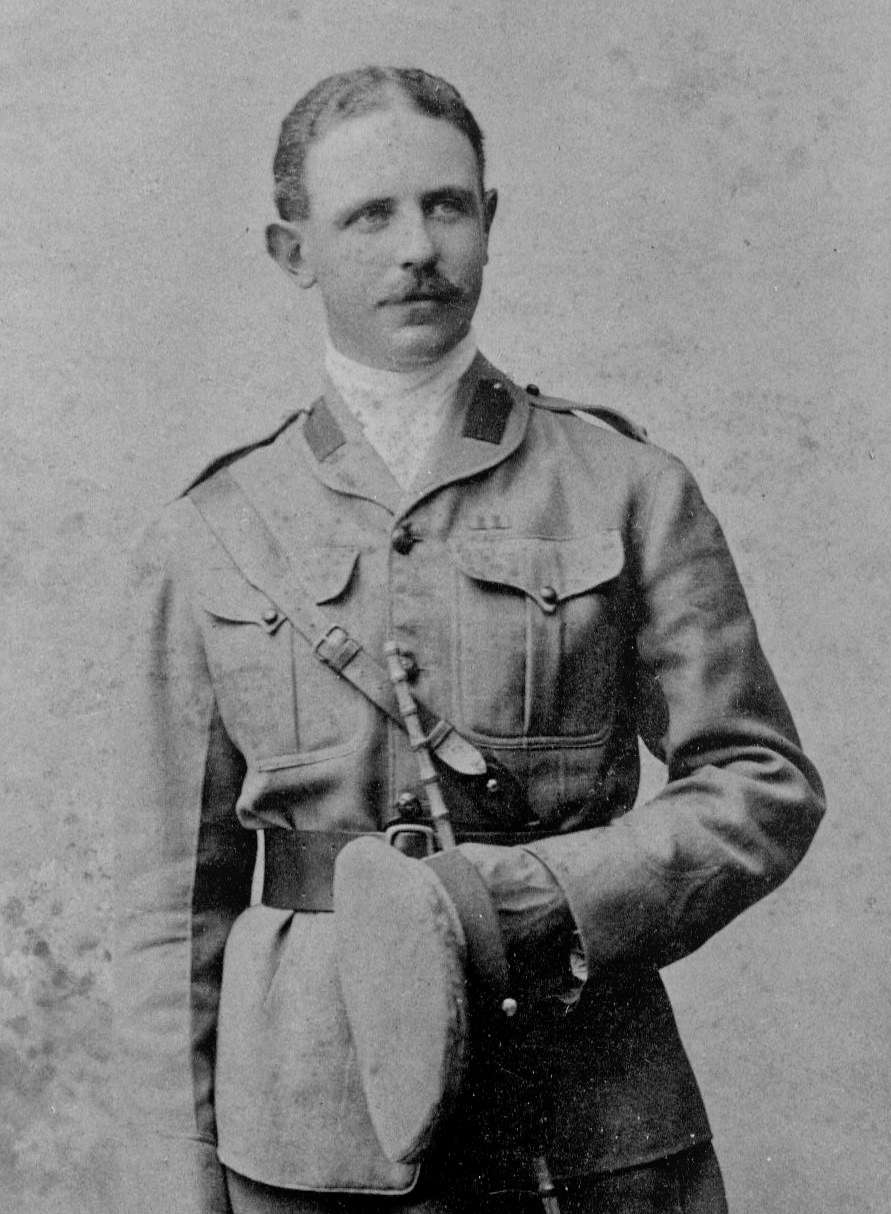 Bertie Abadie
Bertie Abadie
In recognition of his service in South Africa, Bertie Abadie was awarded the Distinguished Service Order but died before he had been presented with the Insignia and Warrant, which were sent to his father in Jersey. His gravestone at Colesburg Military Cemetery in South Africa gives his date of death as 25th February 1901, aged 28 years.
George
The next son to die was George, who contracted “malignant fever”, probably falciparum malaria, while acting as the first British Resident of Zaria in Nigeria.
George Howard Fanshawe Abadie(1) was born on 20th August 1873 at Tunbridge Wells in Kent. What school he attended is unkown, but he joined the 16th (Queens) Lancers in 1893 after obtaining the highest marks of any cavalry cadet in his year at Sandhurst. He served in India but resigned his commission in July 1897. He found employment later the same year as a company commander of Nigerian troops being raised in Lagos by Major Frederick Lugard and rejoined the army on October 1897 as a Second Lieutenant with the 3rd East Surrey Regiment, presumably still in Nigeria. He was mentioned in Despatches to the Marquis of Lansdowne, Secretary of State for War, in March 1899 as commander of the 1st Battalion of the West African Frontier Force, situated on the Niger. By August 1899 he had transferred to the 1st Battalion Royal Scots and was seconded soon after for service in the Colonial Office. He was promoted to Lieutenant in May 1901. He went to northern Nigeria with a force led by Frederick Lugard, and was present at the taking of Kontagora and Bida in early 1901. The Army & Navy Gazette
reported on 1st February 1902 that: The recent expedition to Zaria, which is under the Emir of Sokoto, has been followed by the permanent establishment of a British Resident in that important Hausa town. Lieut. G.H.F. Abadie, Royal Scots, has taken up the duties. George was aged 29y. While he was there he bred ostriches.
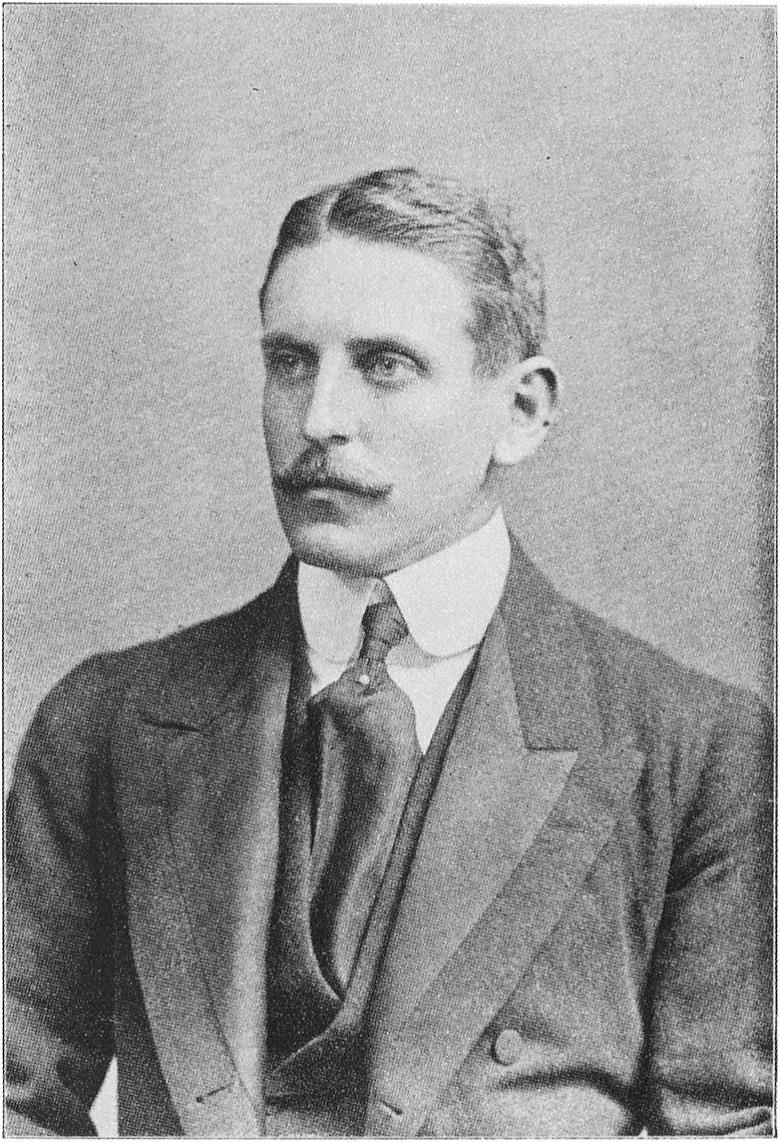 George Abadie
George Abadie
While acting as Resident, George Abadie participated in an enterprise to capture Ibrahim, the ex-Emir of Kontagora, which the High Commissioner described as one of the most brilliant things done in that country. This exploit is described in George’s obituary in the Journal of the Royal African Society. In recognition of his services during the expedition to Kontagora, George was given early promotion to the rank of Captain in April 1902. In June 1902 he transferred to the Manchester Regiment. He was back in England in July 1903 as he played polo for the London Club at Crystal Palace, according to an article in The Field, the gentleman's newspaper. The Army & Navy Gazette announced on 12th Septmeber 1903 that George had been appointed a Companion of the Order of St Michael and St George as Resident of the Second Class in the Protectorate of Northern Nigeria.
He died of malaria at Kano in Nigeria 11th February 1904, aged 30 years, and was buried there. He is commemorated with his own plaque in Canterbury Cathedral, raised by his fellow officers (see below), which is situated beneath the plaque to his father and brothers. His letters home are preserved in Rhodes House Library at Oxford University.
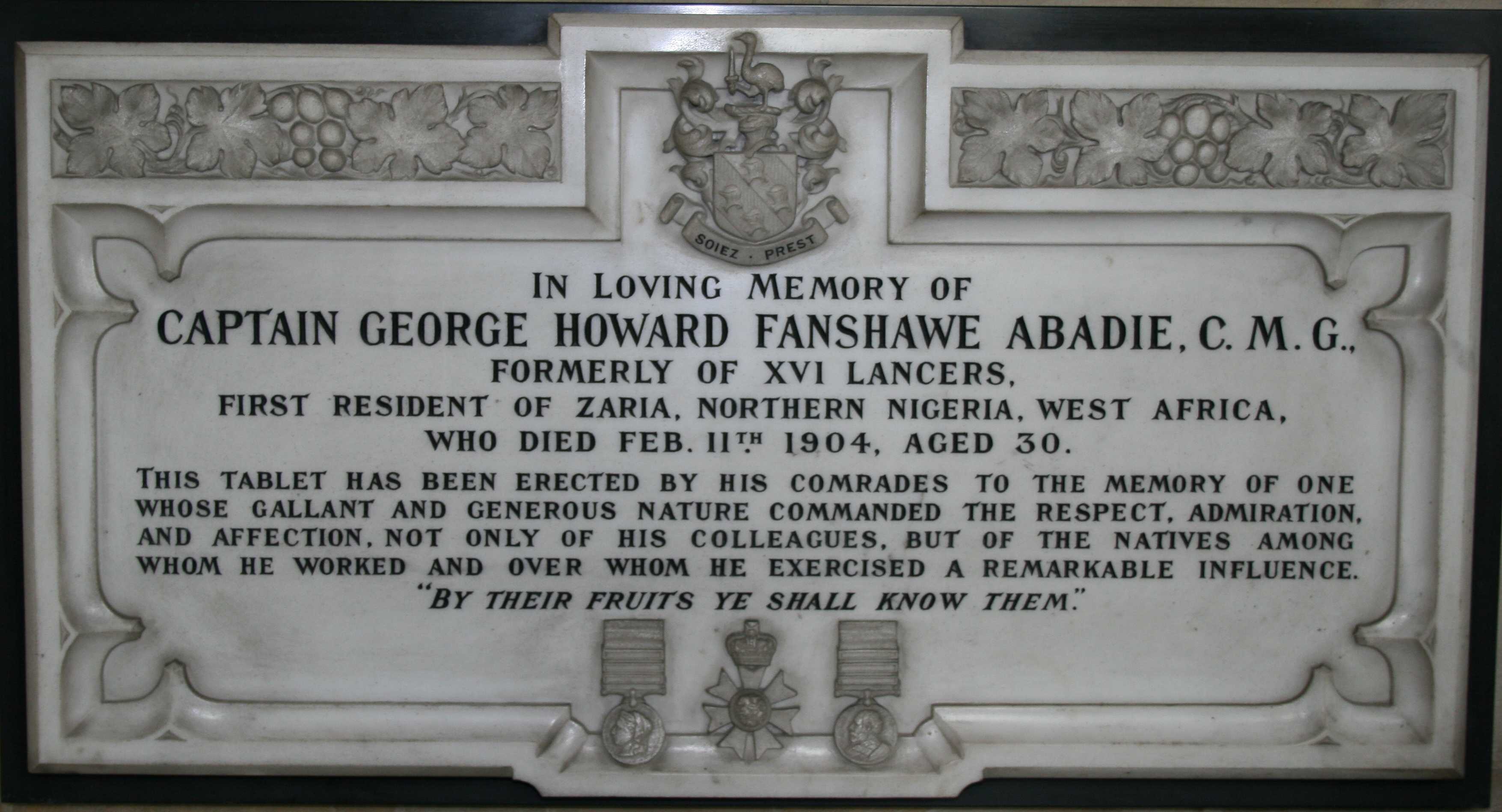
The memorial to George Abadie in Canterbury Cathedral
Kate Abadie’s two other sons both died in Belgium during the First World War.
Eustace
Eustace Henry Egremont Abadie, Kate’s third son, was born on 24th January 1877 in Sialkot, a town which is now in Punjab province of Pakistan. He was educated at Charterhouse and entered Sandhurst in 1895. After passing out in December 1896 he was commissioned into the 9th Battalion of the Queen’s Royal Lancers in August 1897. He joined his regiment in India in September and in May 1899 was promoted to Lieutenant. In September 1899 the regiment was redeployed to South Africa.
During the Second Anglo-Boer War Eustace saw action at the battles of Graspan, Modder River and Belmont where his bravery led him to be considered for the Victoria Cross. At Modder River Eustace rescued a severely wounded non-commissioned officer on his horse under heavy fire. He was present at Magersfontein and involved in the events that led to the Relief of Kimberley and the fall of Bloemfontein. From mid-1900 to the end of the war, he served on the staff of Major-General French. While serving in South Africa he received the Queen’s South Africa Medal with eight clasps and the King’s South Africa Medal with two clasps, representing involvement in ten military actions, an achievement not surpassed. Eustace was awarded the DSO, also in recognition of his service in South Africa, and the Insignia and Warrant were presented to him by General Sir Bindon Blood at a Full Garrison Parade at Rawalpindi in April 1903.
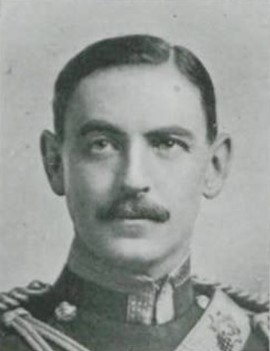
Eustace Abadie
The letters that Eustace sent to his father between October 1899 and April 1903 and some of his diary entries were transcribed, typed and then bound by Labey & Blampied of the Beresford Library in Jersey, presumably by General Abadie during his time as Lieutenant-Governor. The bulk of these letters were published in 1989 as A Soldier in South Africa: the experiences of Eustace Abadie, 1899 to 1902.(2) The whereabouts of the original letters and diaries is unknown.
Eustace was promoted to the rank of Captain on 10th June 1904. In December 1904 he was a member of the Wanderers Polo team which won a tournament held at Umballa in India. In May 1906 he was appointed Adjutant of the 9th Queen's Royal Lancers. In February 1908 he passed a promotion examination and in September 1911, aged 34, he entered Staff College, Camberley. In April 1912 he was promoted to Major and graduated from the Staff College in February 1914.
Eustace Abadie died aged 37y, three months after the start of the First World War, while serving as a Major with the 9th Lancers at Messines, nearly three years before the main battle there, which did not begin until June 1917. Eustace was officially reported wounded on 11th November 1914 and was unofficially reported a prisoner of war on 27th November, but his date of death of 30th October 1914 was presumably the date of the engagement at which he went missing. His death was not confirmed until 13th May 1915.
Eustace’s name is inscribed on the Menin Gate at Ypres, which records the names of 54,896 Commonwealth soldiers who died and whose bodies were not recovered. When this memorial was opened in 1927 it was proclaimed: He is not missing. He is here.
General Henry Abadie died on 9th May 1915, aged 74 years, presumably without knowing that Eustace had died. He was buried at Ocklynge Cemetery in Eastbourne next to his first wife, Kate. A joint memorial service was held for Henry and Eustace at the Holy Trinity Church on Sloane Street, London, on 13th May 1915.
Richard
On 24th June 1915 The Times announced that a marriage had been arranged between Captain Richard Abadie, the youngest and only surviving son of Major-General Abadie, and Eva Fitz-Herbert Jessop of Overton Hall, Derbyshire.
On 15th August 1915 The Times carried the following short notice: The marriage arranged between Captain R. Abadie and Miss Jessop will not take place.
Eva later married Commander Philip Acheson Warre and had two children.
Kate’s youngest son, Richard Neville Abadie, was born at Eastbourne on 24th November 1881, and was educated at Speldhurst Lodge School near Tunbridge Wells and also at Charterhouse. He was commissioned into the Kings Royal Rifle Corps in March 1900 as a Second Lieutenant and served in South Africa, where he was injured in July 1900. In 1905 he was appointed Adjutant and served in India where, like his brothers, he also played polo. He was promoted to Captain in November 1910 and on 1st November 1912 took up new duties as Brigade Major of the Staffordshire Territorial Infantry Brigade.
He served in the Rifle Corps in the First World War. In September 1915 he was a among a large number of Captains to be appointed as Major, to replace officers who had been killed. He was awarded the D.S.O on 5th February 1916 and it was presented to him on 24th May by the King.(3). In 1916 he was promoted to Lieutenant Colonel and appointed Commanding Officer of the 2nd Battalion of the Rifle Corps.
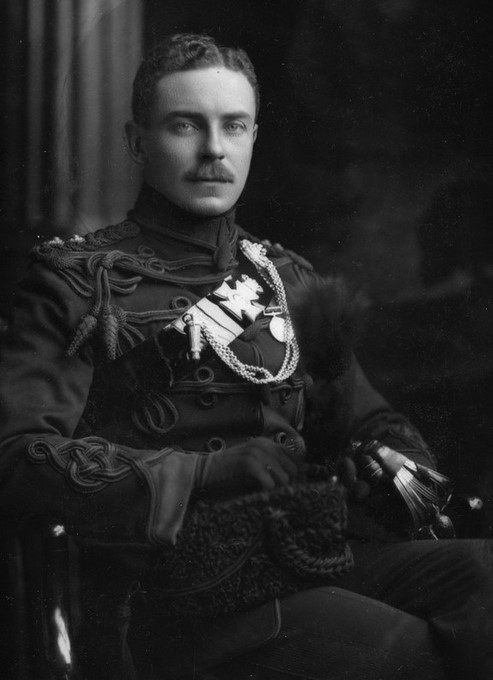
Richard Abadie
Richard was killed in action in Flanders on 10th July, 1917 aged 35 years, one of 12 officers in his regiment who died on that day. A bombardment destroyed bridges to cut off their retreat and only 76 men in his unit survived. His body was not recovered. He is commemorated on the Nieuport Memorial with the names of 565 other British servicemen who have no known grave.
Remembered
Three of Kate and Henry Abadie’s sons, Richard, Eustace and Harry, were awarded the Distinguished Service Order, a medal for meritorious service by officers during wartime, typically in actual combat. None of the four brothers died in England: two are buried in Africa; the bodies of the other two were not recovered and are commemorated only on memorials. There is no record that any son was married, so they had no children. None of them lived to be 38 years of age.
As well as the memorial at Canterbury Cathedral, all four brothers are commemorated on a plaque in the Memorial Chapel at the Royal Military Academy Sandhurst with the legend beneath, A Mother's Proud Memory. The names of both Richard and Eustace Abadie are also recorded on a plaque at St Peter’s Church, Eaton Square, in London; on a memorial plaque in the chapel at their old school, Charterhouse; and Richard's name is inscribed on the war memorial in Great Warley in Essex. Eustace is named on the memorial to members of the 9th Queens Royal Lancers, also in Canterbury Cathedral. Bertie is commemorated on the South Africa gate memorial at Winchester College and in the South Africa chapel at Sandhurst.
Caroline
Eighteen years after her husband had died, The Times announced that on 27th June 1933 Caroline Abadie had married Admiral Sir Reginald Tupper, very quietly, at St. Peter’s, Eaton Square. She was 70 years old, he was 74. In 1936 Reginald and Caroline were granted by George VI the occupancy of The Kings’ House at Burhill in Surrey, a residence at the disposal of the King.
Sir Reginal died on 4th March 1945 and is buried in Ocklynge Cemetery in Eastbourne.
Caroline Maud Abadie Tupper died on 22nd September 1948 at Draycott Place, London, aged 85 years, more than 30 years after the death of her first husband and the last of her four stepsons, and three years after the death of her second husband.(4) She was buried three days later in Ocklynge Cemetery beside her first husband and his first wife and near to her second husband. The rim of their grave commemorates their four sons, but the lead lettering has been lost in parts and the cross placed on their grave has fallen and snapped (see left). The grave is untended, probably because there are no descendents to care for it.
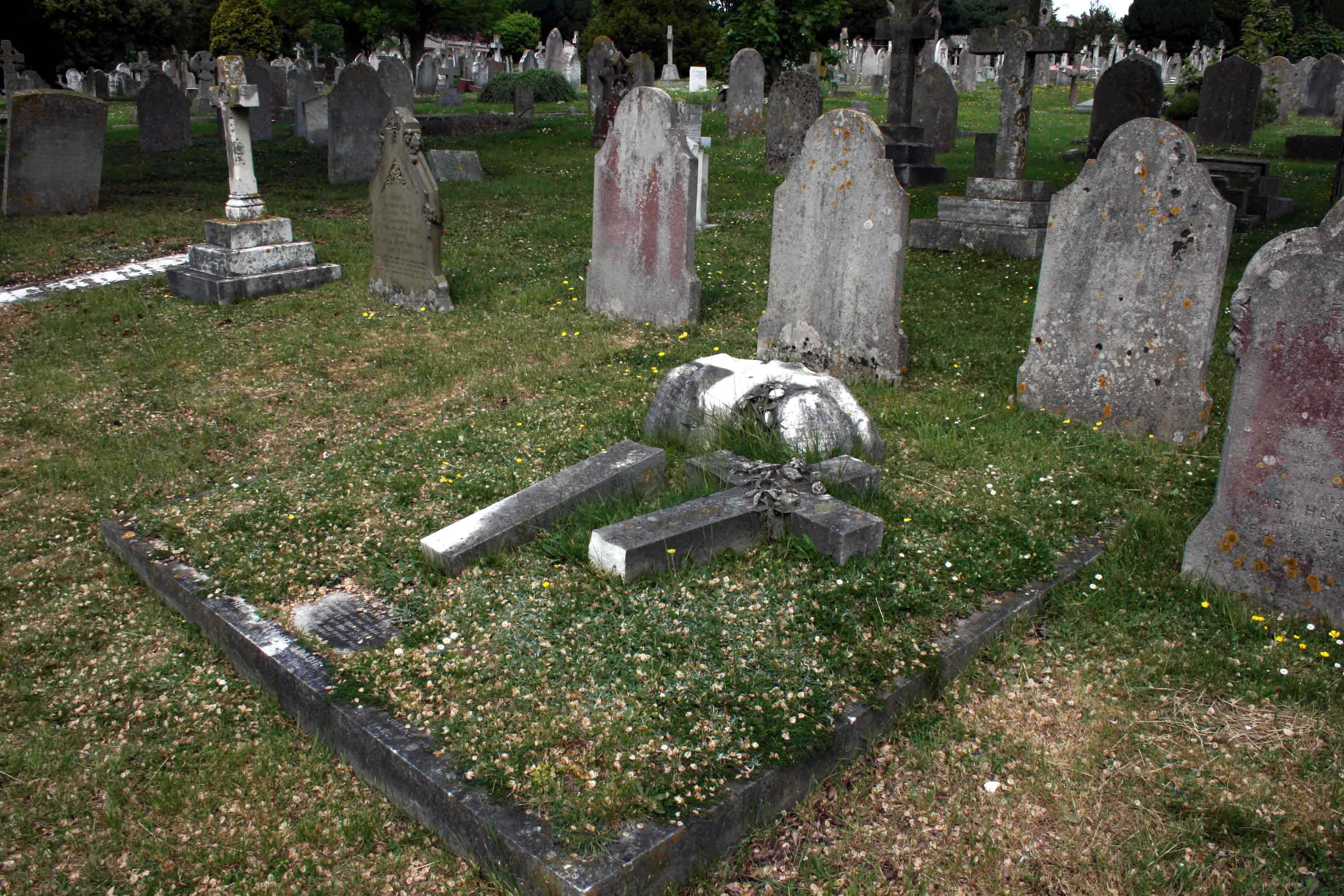
The Abadie family grave in Ocklynge Cemetery (click to enlarge)
This short piece is dedicated to the memory of Kate, who never saw her four boys become men, and to the memory of Caroline, who commemorated their service to their country with such a finely situated memorial.
References
(1) The fact that one of George’s names was Fanshawe, the same name as his stepmother’s father, suggests that there was a prior relationship between Henry Abadie and Colonel Gostling, perhaps in India.
(2) Abadie, Eustace (1989). A Soldier in South Africa, 1899 to 1902. Ed. S.B. Spies. South Africa: The Brenthurst Press.
(3) The Times, Thursday, May 25, 1916; Issue 41176; P 9; col A.
(4) Sir Reginald Tupper’s first wife, Emily, died in 1927. He died on 5 March, 1945, aged 85 y. See: Obituary in The Times, Wednesday, Mar 7, 1945; Issue 50085; P 7; col C
Text © Andrew Hall, 2020